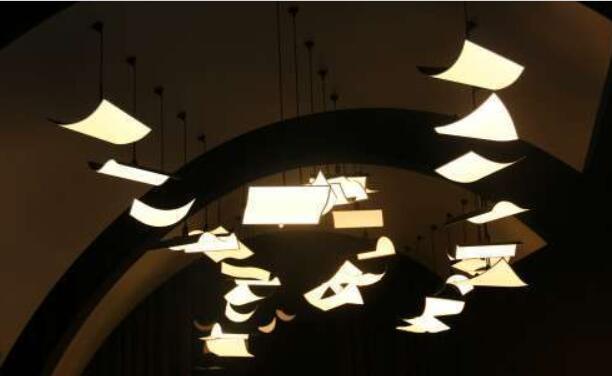We all know that after more than 100 years of evolution and development, general lighting has matured from incandescent lamps, halogen lamps, fluorescent lamps, and LED lighting products. At the Frankfurt Lighting Fair, we also noticed that the difference between the products of different manufacturers is not very obvious, and the fiery filament lamp products in recent years are similar.
In terms of plant lighting, it is still in the pre-promotion stage. At this exhibition, companies such as OSRAM Opto Semiconductors and Samsung also made key presentations. However, in general, there are not many companies that perform plant lighting demonstrations.
In the process of communicating with enterprises, Shao Jiaping, general lighting sales director of OSRAM Opto Semiconductors in Greater China, also believes that LED lighting has been widely used in indoor and outdoor, commercial, landscape, office and industrial applications, although it tends to be in the form of products. It is fixed, but it is still moving forward in terms of light efficiency and people-oriented.
Therefore, OLED lighting is truly a fundamental change in product form. In this exhibition, LG Display, which launched the new OLED lighting brand “Luflex” at the end of last year, was also on stage. Compared with other manufacturers, which are concentrated in different pavilions, LG Display has set up an independent exhibition hall outside the pavilion. This seems to demonstrate its uniqueness.
It is understood that, unlike other light sources, OLED lighting is created using the self-luminous characteristics of organic matter. It has characteristics such as low power consumption, low heat generation, environmental protection, and natural light, and is lighter and thinner, and can be transparent, bendable, etc. Freedom is therefore considered to be the next generation of lighting technology.
In the field of lighting, OLED can not only be used as indoor and outdoor general lighting, backlight and decorative lighting, etc. It can even produce artistic flexible light wallpapers, windows that can be single-colored or colored, wearable luminous warning signs, etc. product. Based on its future prospects, US GE, Osram Germany, Philips Philips, Panasonic Japan, and China Shuguang have all developed OLED lighting devices.
We all know that South Korea’s Samsung and LG have always been at the forefront of OLED research and development, especially in mass production. The 5th-generation OLED lighting production line (1100mm x 1250mm) of Gumi P5 Plant, which has been mass-produced by LG Display, is the largest in the world, and can be produced in comparison with the original production line of 4,000 pieces per month (370mm x 470mm). About 30 times the amount. LG Display plans to use 15,000 tablets as its initial production volume, and then gradually increase production and mass production. At the same time, LG Display also announced that it had signed a supply contract with Germany’s Daimler, which has increased its lighting production capacity to 30 times that of the previous year, and is striving to supply the giants of the German-German automobile company. It can be said that in OLED lighting applications, LG Display has a first-mover advantage.
For applications, OFweek semiconductor lighting network editors also learned from LG Display staff that automotive lighting will be the primary market for OLED lighting. In addition, the fields of decoration, interior lighting, advertising, general lighting, medical care, and automotive will become their potential markets. In terms of market performance, 2018 is expected to reach a scale of 6 billion US dollars.



